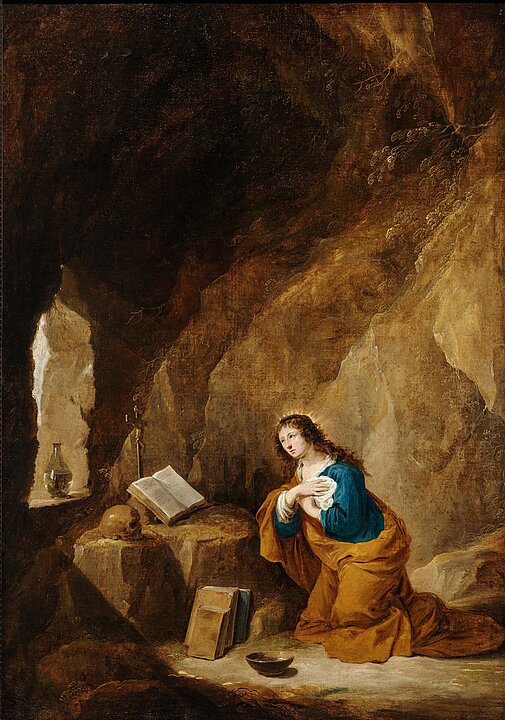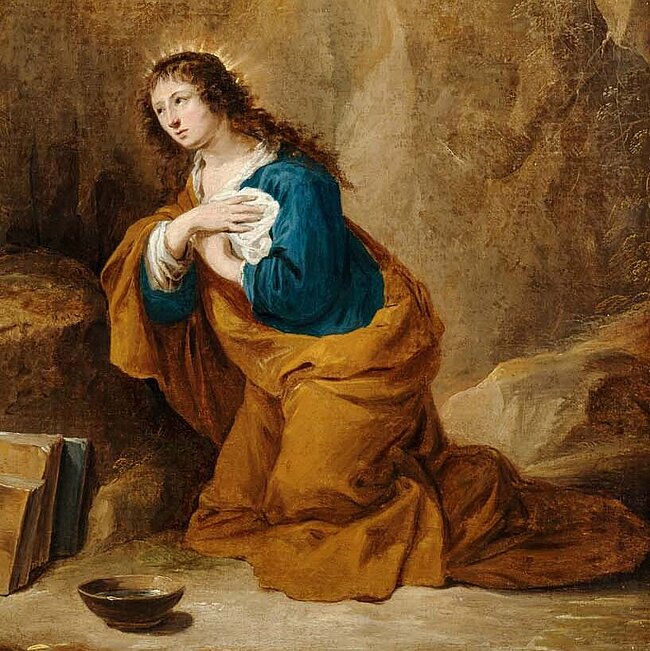The Counter-Reformation not only extends to church interiors, where great altarpieces help instruct the people. Numerous small-sized paintings are also intended to help spread the substance of the faith in the home. They are ideally suited for internalizing the church’s teachings. and are often painted according to graphic templates. Thus, the Counter-Reformation finds its way into new collectors’ galleries. It instructs the elites how to live a life pleasing to God. The contemplation of art becomes a form of meditation. What is needed are topics from the life of Christ and the saints, inciting viewers to immerse themselves into His suffering and dying. Penitent saints such as Mary Magdalene become role models. Religious devotion shapes everyday life of the upper class in many places. Intense piety should offer a refuge from outward distress.
Discover the
Universalmuseum Joanneum
Graz
Styria
Closed

Enter Museum
Tierwelt Herberstein
More than 85 animal species from all continents live in the Herberstein Animal World.
Universalmuseum
Joanneum
Back to Universalmuseum Joanneum
Alte Galerie > Our programme > Exhibitions > Between Dying and Dancing > Propaganda fidei
Propaganda fidei
Artworks at a glance

Image Credits
David Teniers t. Y. (1610–1690), St Mary Magdalene


















